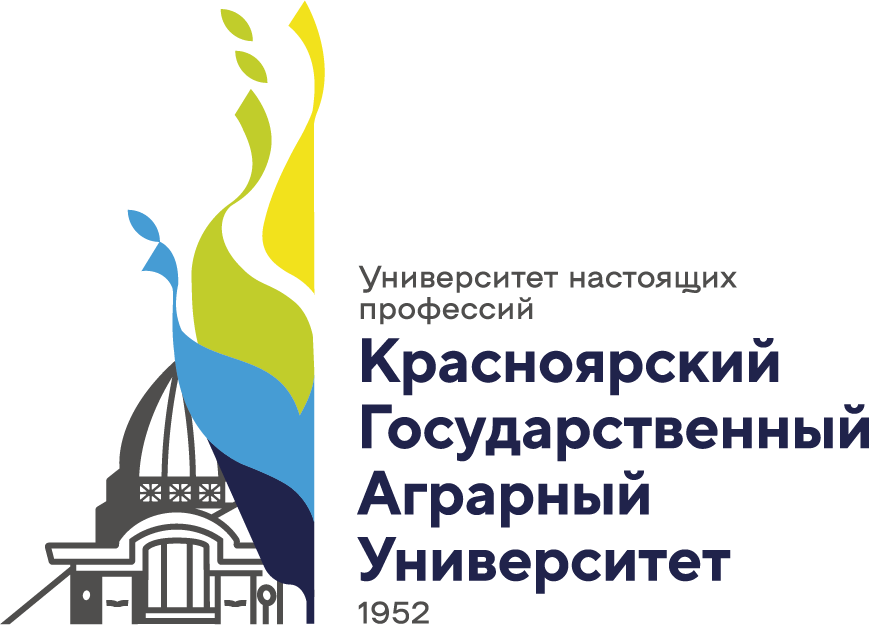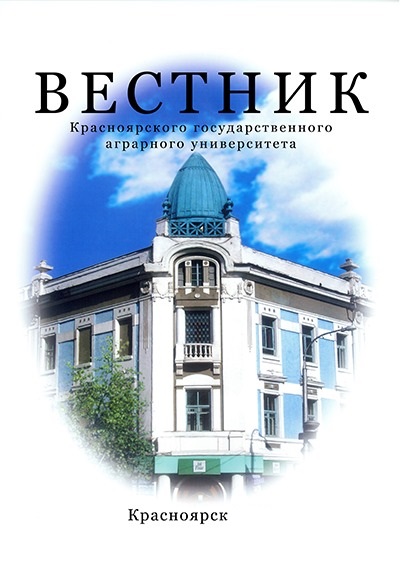In the XXI century in Russia the number of dis- eases of the gastrointestinal tract is growing. This tendency is associated with the deterioration in the quality of nutrition in the country's population. Actu- al decreasing and practical missing of fiber (in the form of vegetables) in the diet leads to the fact that it is urgent to look for food containing an increased amount of fiber. Since recently there has been a tendency to increase consumption of cereals, the study of non-traditional cereals for biological value is becoming more in demand. The aim of the study was to find the possibility of using non-traditional cereals for the development of recipes of public catering. The tasks of the study are the research of chemical composition of amaranth and quinoa ce- reals, the determination of technological parame- ters of their processing (the duration of boiling and hydromodule), the development of the recipe for the dish of cereals with meat product and its organ- oleptic evaluation. In the study some indicators of three types of cereals were examined and investi- gated (quinoa, amaranth, rice): moisture content of the cereals, fiber content in the cereals determined according to Ermakova method and organoleptic characteristics. The highest humidity in raw and finished form was in rice: 8.7 % and 54.55 % re- spectively. Fiber content in quinoa was 6.7 g per 100 g of cereal, or 22 % by its weight and which made possible to call this cereal functional product. Organoleptic analysis of three samples of finished cereals was conducted to determine the best ingre- dient for a hot dish with a high content of dietary fiber. After making the analysis, the experts con- cluded that the best organoleptic characteristics, as well as nutritional value had pork dish with quinoa cereal garnish.
dietary fiber, quinoa, amaranth, ca- tering
1. Ronzhin I.V., Ponomareva E.A. Statistika zabolevaniy zheludochno-kishechnogo trakta: prichiny, simptomy, profilaktika // Molodoy uchenyy. - 2015. - № 23. - S. 375-379. - URL https://moluch.ru/archive/103/23940/ (da- ta obrascheniya: 14.11.2018).
2. Rol' pischevyh volokon v pitanii cheloveka / V.A. Tutel'yan, A.V. Pogozheva [i dr.]; pod red. V.G. Vysockogo. - M.: Novoe tysyachele- tie, 2008. - 320 s
3. Hang N.G., Than' L.N., Spiridovich E.V. [i dr.]. Izuchenie biohimicheskogo sostava zerna amaranta (na osnove syr'ya V'etna- ma) // Vestnik Astrahanskogo gosudarstven- nogo tehnicheskogo universiteta. - 2015. - № 1. - S. 59
4. Svistunov S. Zolotye zerna inkov // Ogonek. - 1995. - № 34. - S. 78.
5. Peopenoe H. Lost crops of the Incas: little- known plants of the Andes with promise for worldwide cultivation. - Wachington, D.C.: Na- tional Academy Press, 1989. - P. 149
6. Agza B., Bekele R., Shiferaw L. Quinoa (Chenopodium quinoa, Wild.): As a potential ingredient in Ethiopia // J. of Cereal Science. - 2018. - V. 82. - P. 170-174
7. Himicheskiy sostav rossiyskih pischevyh produktov: spravochnik / pod red. I.M. Skurihina, V.A. Tutel'yana. - M.: DeLiprint, 2002. - 236 s.
8. Petrov K.P. Metody biohimii rastitel'nyh produktov. - Kiev: Vischa shkola, 1978. - 224 s.










